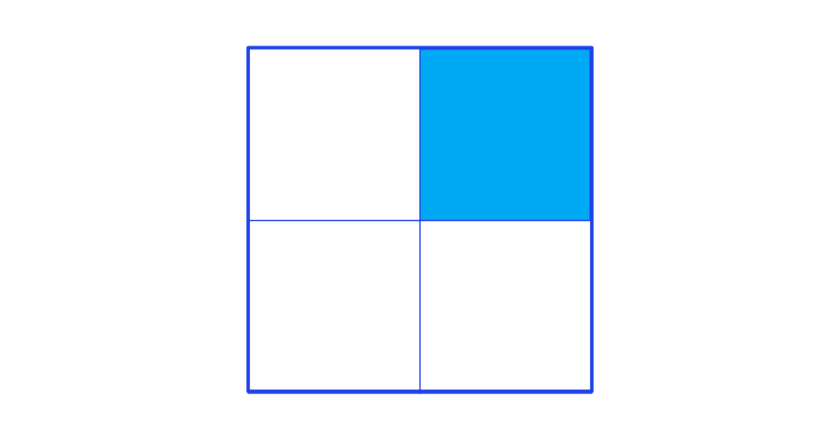I warn the dear reader that this article may seem a bit off-topic on my blog but it is not. Since its goal is to instigate the production of more relevant content, it is fully aligned with SEO (search engine optimization).
Index
Why did I write it?
First because I have clients that are communication vehicles and reach millions of people every month. No judgments. I hope you enjoy and can take advantage of this content.
Second, my SEO consulting is holistic, I don’t just care about the number of users coming to the site organically at the end of the month. I care about my clients’ results. Not only the result for the year but also for the long term. That result that will keep the doors of the business open for years to come.
Third, as an internet user and news consumer I want quality in the content I consume. I care about the quality of the content that readers are getting.
2020 has been crazy and the media often doesn’t know how to cover everything that is happening. Topics such as COVID-19, racism, global warming, and corruption are addressed in a biased way, favoring polarization (mostly political).
Many vehicles adopt a group think insisting that they are not biased. Journalists say things like“we don’t focus on one side of the story or the other, we just bring the information to the people.”
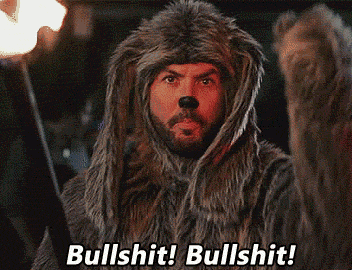
Reporting from “neutral territory” on a relevant topic is irresponsible and disrespectful to the readers.
We cannot talk about journalistic objectivity or impartiality using only a spectrum with two opposing sides. You cannot classify all the stories in a newspaper in this way. You need to have a more refined journalistic perspective.
What we can do then is create a slightly more robust news classification system, as suggested by media analyst Thomas Baekdal.
First we define whether we are talking about opinions or facts. Even here newspapers have relative ease in classifying their contents (although sometimes they still confuse the two).
Then we create another spectrum where we define whether or not something is a problem. In other words, it is not whether people think it is a problem, but whether through journalistic checks it is found to be a problem.
By combining these two spectra we can format a matrix:

The journalists’ role is to fit each story into a quadrant. Let’s look a little bit at each one:
Fact-based problems
First of all, we have the upper right quadrant, where we have all the topics that are defined as problems and that are also based on facts and real data.
We can fit corruption in Brazil, for example, into this quadrant.
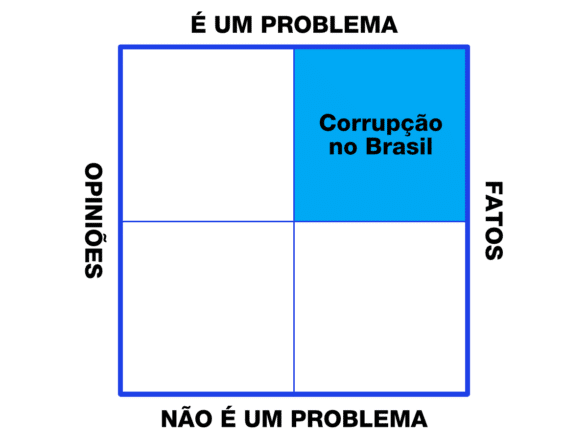
Why? Journalists need to investigate. I, who am not a journalist, searching the Transparency International portal found Brazil in the 106th position out of 180 countries evaluated in the Corruption Perception Index (I am using examples, but of course the journalist should check if his or her sources are reliable).
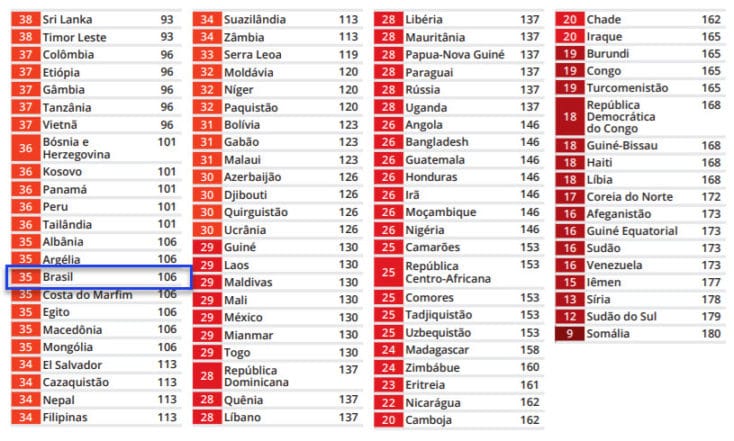
Still, every day the MPF accepts accusations of corruption of the most varied kinds.
Journalists now have the information needed to define corruption as a real problem, and the data to define it as a fact. Think about it in terms of journalistic objectivity.
Newspapers cannot simply say,“We don’t know if this is a problem, so we will cover both sides equally.” We know it is a problem. To report on it from any other perspective is dishonest.
The definition of “objectivity” is not to be neutral to all sides, but to be objective about the facts:
Objectivity (adjective): the ability to focus on the objective (objectivity) or matter at hand, not mixing opinions or personal ideas.
So when you as a journalist know that corruption is real, being objective does not mean that you report what every politician has to say. It means that you do not allow political opinions to influence your focus on the facts!
Read also: Less content = more conversion
Opinion-based problems
Second are all the stories that we know something is a problem, but that the journalist has no specific facts/data to help cover.
An example could be the mobility problem in Florianopolis, the city where I live. It doesn’t take a genius to realize that in two or three days in the city the traffic is slow. This is a fact. However, the solution to this problem is based on opinions.

It is a problem but we don’t know how to fix it. Every party, class entity, and community group has suggestions. Some want more buses, others more bicycle paths, others sea transport, and some have even considered cable cars.
Present the story to the audience as the problem that it is, but focus the coverage on presenting and reporting on the many solutions and promote a discussion about them.
As journalists, you must present each solution equally, detailing and holding each party accountable for the accuracy and usefulness of the information being provided.
Facts that are not problems
Then we have stories that we know are not a problem, but that others claim are.
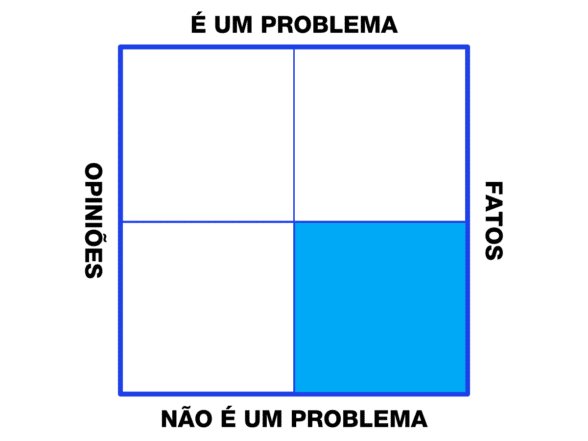
An example of this is politicians and/or entities talking about a problem. In Santa Catarina, for example, some politicians are seeking tax incentives for certain sectors, such as swine farming, alleging that the sector is one of the ones that suffers most from crises and it is necessary to support producers.
In a quick search it is possible to see that this is not true:
- Santa Catarina has the best performance in history in meat exports in 2019;
- Soy and pork exports and good rice prices are the highlights of the June Agricultural Bulletin.
You have to have a journalistic objectivity about it. What the politicians and entities are talking about is not the problem they describe, and we have data to prove it.
In this case, you cannot report what the politician is saying and offer him a platform to disseminate his speech. The responsibility of journalists is to keep the public informed of the facts, not to allow the opinions of politicians to influence the focus on these facts.
In the example given, if the news was the delay in the release of environmental permits by the competent body, we could possibly classify it in the first quadrant.
It also cannot be turned into a two-sided story, where one politician is interviewed saying this and another politician saying the opposite. This is wrong because we know what the facts are. Journalists should not give the person who lies an equal opportunity to be heard.
Opinions that are not problems
The last quadrant is “dangerous”. Here we have all the stories that are not a problem for anyone, but politicians (or other groups) really want you to think it is a problem. People who talk about it never provide data or evidence, they are just expressing an opinion.
In short, these are stories that, journalistically, don’t seem to be relevant to the public (they are not an issue) and are entirely based on an opinion.

The problem is that editors spend too much time in this quadrant. Why do they do this? This is where the “populist” agendas are.
If I were a newspaper editor, as a rule I would not publish this kind of story. They are not problems despite all the fuss they may make about them. Think about… how are people’s lives going in the last 6 months? Here’s how elections have gone in some of the world’s major countries in recent years. Realize the power of media and social networks in our daily lives.
Giving voice to this type of content (opinions that are not issues) is giving exposure to the speaker and more power to your base. You simply cannot call a terraplanist to speak on your television show or publish something in your newspaper, except if it is a comedy show.
The editor’s role is to define what is relevant and what is not. It is not news just because a politician said it is. If it is not relevant it should not be published.
You are in doubt, ask for proof. If you don’t prove it, through data and/or facts, it doesn’t deserve to be published. If the speaker wants exposure, let them go on Facebook or WhatsApp and talk.
Notice that it is not necessary to adopt a political or scientific bias to classify a content. Objectivity is enough.
Read also: Responsibility and privacy in the press
How “neutral news” creates polarizing news
When we look at how people feel about the news we observe that the public is becoming more and more polarized. People’s trust in vehicles is directly linked to political affinity. Lack of trust in politics (and politicians) results in falling trust in the news.
Journalists even when they try to be neutral end up polarizing an issue. We can exemplify with two themes, a national one, Lava Jato operation, and a world one, global warming.
In both cases, from the beginning their coverage was marked by a political perspective. For fear of drawing any conclusions, journalists instead of defining a focus ended up interviewing each political side of the issue in the best “impartial journalism” style.
This may be the worst kind of journalism (the self-declared “neutral” one). Lacking concrete access to the facts, the media concentrate only on hearing opinions. We know that climate change is real, we know that Lava Jato aims to fight corruption. Trying to remain “neutral” journalists approach these contents from a political point of view (two extremes).
It is a disservice that newspapers do to the population by addressing these issues in a politicized way.
Every time a newspaper fails to show journalistic objectivity it ends up reinforcing this polarizing position. This journalism keeps people misinformed and polarized, and it is up to readers to decide what they trust.
The same is true of racism.

Readers see newspaper covers with pictures of demonstrators in conflict with police officers and just react to the story that is being presented. There is no context or guidance. Then they draw their conclusions. Some take the policemen for granted and some take the protesters for granted.
How to fix this?
Journalistic objectivity. Use the matrix to sort the content.
Where would you put climate change in the matrix? We know it is a problem. We have a lot of data and are directly or indirectly exposed to it all the time.
Therefore, climate change is a fact-based problem. This puts it firmly in the first quadrant.
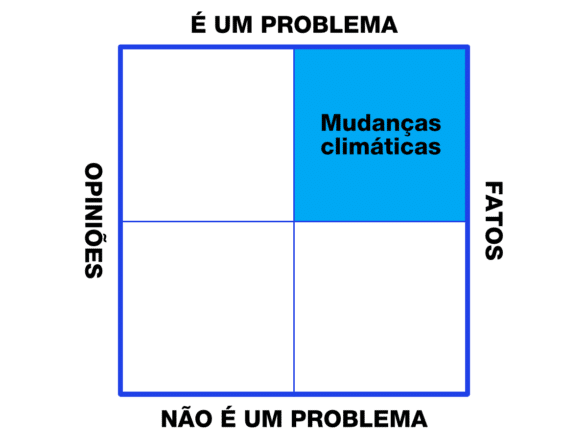
It should be approached from this perspective. What to do about it, talk about local communities and how they might view the changes, analyze local budgets and plans to prepare and prevent damage. There are many topics to cover.
It is important to approach the subject with the right focus. For climate change coverage it doesn’t matter who the president of the republic is. As such, it should not be politically biased coverage, but from a climate and public perspective.
The same is true for other topics, such as COVID-19 for example. It is not a politically focused agenda either. It is a health agenda and editors should focus on that rather than allowing politicians to turn it into a political issue.
But not everything is based on facts. For example, although we know that climate change is a problem, people may have different opinions on how to solve it. How to cover this?
Warning: we still know that climate change is real. Just because people have an opinion about it doesn’t change the fact that it is real. Sometimes journalists do not have enough information to determine what solution would work best for the problem.
In this way, the debate of solutions to a real problem is created by listening to opinions.
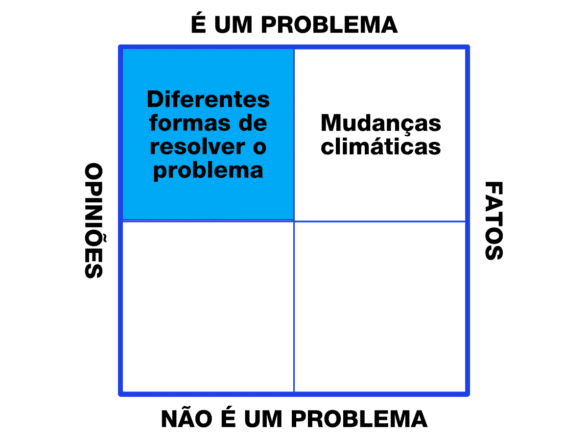
Traditional “both sides” journalism fits here, but all possible solutions need to be heard and debated.
Two points:
- Journalists must discover and explore the proposed solutions to find out the facts about them. They should ask for explanations, estimated budgets, simulations, etc. to defend a point of view. It is not just about “informing the public”;
- Get away from the political bias. It is a big mistake to approach these issues from the political perspective of which party says what, especially in election years.
Stories should be centered around what the proposed solution contains, removing the politics behind it.
Of course, you, my dear journalist, will say:“But the president said that global warming does not exist” or “The Chinese invented the coronavirus.
As I said before, I wouldn’t even publish this kind of article. But since I am not in charge of any vehicle, we will allocate this type of content to the headquarters.
A politician, giving an opinion that he cannot defend with data or facts: throw it in the quadrant intended for idiots inventing and propagating nonsense around the world.
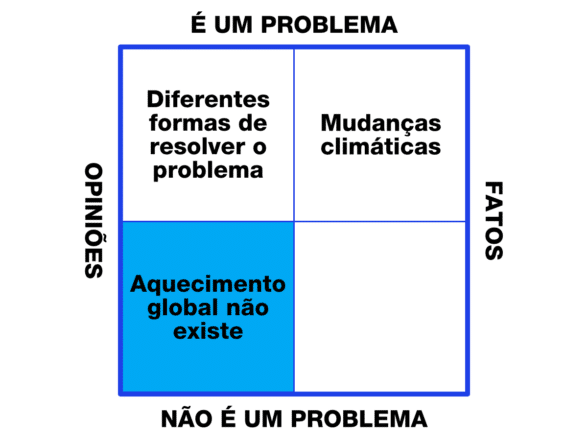
Now I hear: “But it was the president of Brazil who said that global warming does not exist. And it was the president of the United States who said that COVID-19 was invented in China. Don’t we as journalists have a duty to report this?“
Is it? As I said before, we live in such a “hectic” world that some things get confused. In other times, when such a headline was reported, the politician should go public and apologize, and would be shamed in front of the community. Today, it gains exposure, followers on social networks and via meme. Who is this m…. is rewarded! (I am not taking sides, just giving examples from our daily life)
Therefore, think about content classification. How much time do we want visitors to spend in each quadrant?
In other words, when your readers come to you, which box will represent more value to your reader? And for society? And for your newspaper?
You need to keep the focus on the stories that bring the best information. The lowest value stories are those in the lower quadrants of the matrix.
The focus on the subjects should be as follows:

Newspapers should keep their focus on the real issues. The problems that are based on facts.
How to make the bullshit cover
In the 5% of cases where you feel you need to cover what some politician has said, do it from the “truth sandwich” perspective.
Jay Rosen recently wrote about this. It is a concept originally attributed to George Lakoff and is based on the principle that if you have to report something that we know is not true, always begin and end the article with what is true.
As Jay Rosen describes it:
- Say what is true.
- Report that a false or dubious statement has been made. (But only if it is newsworthy, important so that the public knows it happened. Otherwise, use silence).
- Repeat what the truth is.
An example of LIDE:
There is no clear evidence that hydroxychloroquine, an antimalarial drug, protects against Coronavirus. Donald Trump said today that he is taking it, but his doctor has not confirmed this, and medical experts said it could have dangerous side effects.
As you can see from the example, the idea is to bracket the problematic statement between precise statements, so that it is neither the first nor the last print in a newsletter. This is not a solution to the problem of how to report false accusations and probably bullshit, just a best practice that is not hard to learn and could become a writing policy tomorrow.
So if you have to cover something in that lower left quadrant, that’s the approach.
And what does all this have to do with SEO?
Absolutely everything! SEO is about improving search positioning but also about improving business results.
A newspaper will fail to attract, monetize, and retain readers if it focuses its content production efforts on the “bullshit” quadrant (opinions that are not issues).
Even though this nonsense may bring results with advertising in the short term, it is hard to imagine it working a few years from now. The market is changing. Vehicle advertising revenue has dropped significantly in the last decade.
Read also: SEO tips for publishers: 10 ways to increase your audience
Still, producing a lot of “junk” content does your SEO strategy no favors. Such content has a very fast perishability. They are just a commodity, often distributed for free and spread on social networks. Focusing on these contents consumes resources (people and money) and generates internal competition among the contents of the site.
Too much bad content damages the structure of the site and can lead to significant loss of audience and revenue.
Read also: 6 mistakes in website structure and how to avoid them
In conclusion
Obviously, you cannot change the problem around political polarization and lack of trust overnight. This is a process that will take many years.
If newspapers use this matrix or a similar model, migrating from the lower to the upper quadrants, readers will be better informed and vehicles will have better results.
People need to trust the news (and newspapers) again. They need to see value in it. They need to see value in subscribing to a newspaper and not just looking for free news and on social networks.
Being objective does not mean interviewing everyone equally with one opinion. It means focusing on the facts and not allowing all the people with opinions to interfere with that.
SEOs need to stop focusing only on immediate positioning gains. They need to make efforts to make the content useful to users/readers. In this way, everyone will be doing a service to society and to their business.
